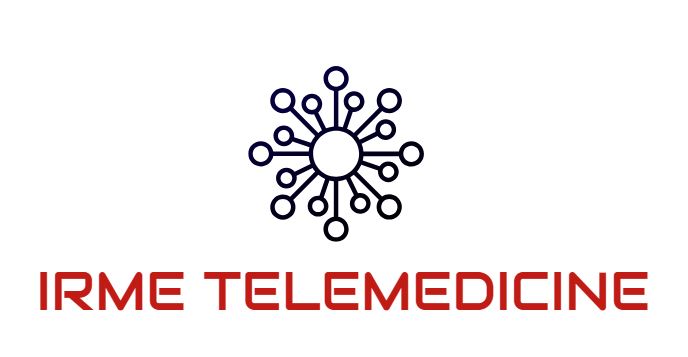
IRME Institute proudly offers a comprehensive Telemedicine Program, equipping you with both the knowledge and resources to establish your own Telemedicine Center and bridge healthcare gaps in rural and urban areas.
Our Certificate in Telemedicine Assistant empowers healthcare professionals and aspiring entrepreneurs with the skills to deliver healthcare through advanced digital platforms. Learn the essentials of telemedicine practice, including technical, ethical, and clinical aspects.
Set up a Telemedicine Center with our turnkey solution, guided by expert support. Suitable for non-medical professionals, our program helps you establish a center that aligns with government healthcare initiatives.
“झोला छाप डॉक्टर कहलाने और बनने से बचें, अपना क्लिनिक गर्व के साथ चलाएं।”